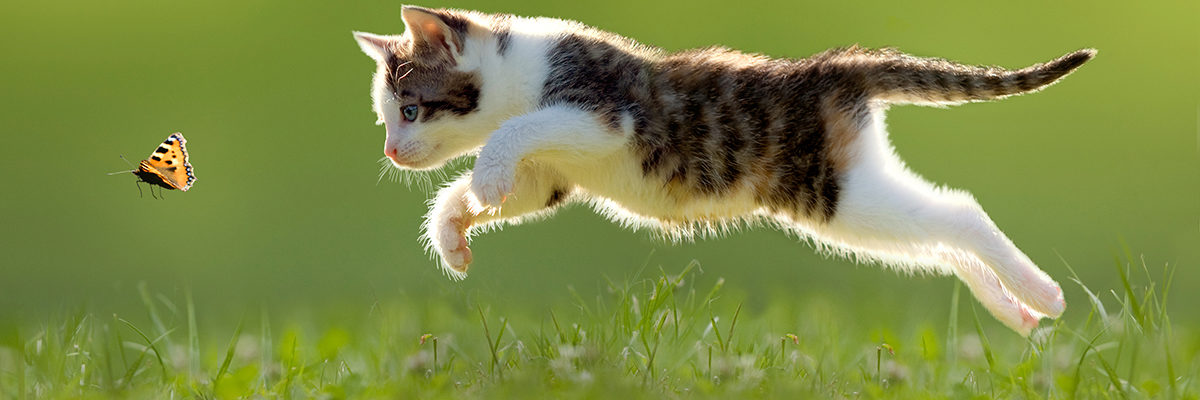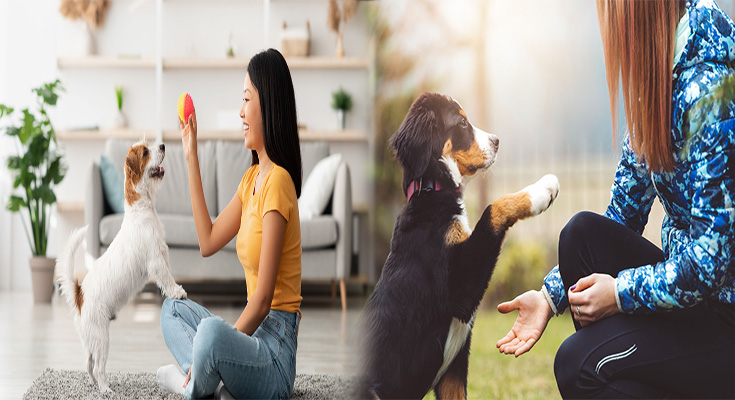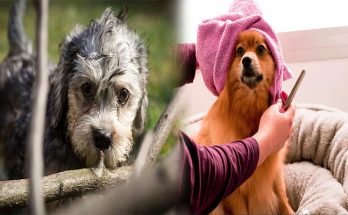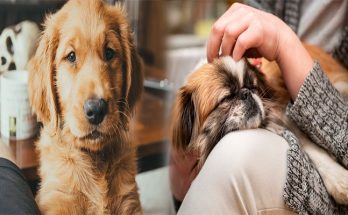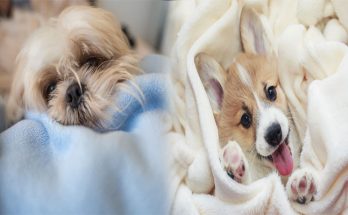As a puppy owner, you want to teach your puppy basic commands such as “sit,” “stay” and “down.” With proper training techniques, your dog will learn quickly. Here’s how:
Puppy training is not as difficult as it seems. With proper puppy training techniques, your puppy can learn basic commands in no time at all.
Puppy training is not as difficult as it seems. With proper puppy training techniques, your puppy can learn basic commands in no time at all. You don’t have to be a professional trainer to do this; anyone can use these easy steps to train their puppies.
- Select a time when you won’t be disturbed by family members or friends who might want attention from the puppy (or vice versa). This will help keep everyone calm and focused on the task at hand–and less likely to get upset or distracted if something goes wrong during the training process!
- Get down on all fours so that your body language is more like theirs (this makes them feel more comfortable with you). Make sure they see that they don’t need fear any threats coming from above them while also showing them what position works best when teaching new tricks/commands because sometimes having someone else hold onto their collar while standing up might cause some confusion since most dogs learn better when interacting with their handlers directly rather than being held back by someone else’s arms…
Crate Training
One of the first things you’ll need to do is get a crate. A crate is simply a box with a door, and it’s used for puppies because they are not used to being separated from their mother or siblings, especially when they are young.
Crate training helps your puppy adjust to being alone by providing them with their own space where they can go when you aren’t around. It also keeps them safe by keeping them in one place so that they don’t get into trouble or hurt themselves while trying to explore on their own (like stepping on an electrical cord). If done correctly, crate training can help with potty training as well!
No, Not the Cookie Jar!
Dogs are attracted to the smell of food, and they will go after it no matter how long you’ve been trying to train them not to. Dogs should be taught not to eat from the kitchen counter and table, but also not from trash cans or garbage baskets. The best way to do this is by using positive reinforcement methods (i.e., treats). When your puppy tries eating something they shouldn’t, give him/her a treat instead!
Introducing Your Puppy to the World
Introducing Your Puppy to the World
It’s important for your puppy to be friendly and well-behaved, so it can interact with other people and animals in the world. Here are some tips:
- Take your dog to the vet as soon as possible. This will help ensure that he or she is healthy, happy and ready for life with you!
- Teach your dog how to be friendly towards strangers by gently introducing him or her at home first. Don’t force any interaction; instead, let both parties approach each other on their own terms until they feel comfortable enough to play together without fear of getting hurt by one another (which could happen if they aren’t properly introduced).
- If there are other dogs around when you’re out walking with yours then make sure that those animals are friendly too before letting them meet up together face-to-face – otherwise there may end up being an issue between them later down the line when one tries biting off more than what he can chew from someone else!
How to Stop a Puppy from Biting
The first step in training your puppy not to bite is to teach him that biting is not acceptable behavior. You can do this by giving him a toy and encouraging him to play with it instead of biting you or another animal, human or object.
When he does begin biting, use a firm voice and say “no” or “stop,” then put him down for a few minutes before trying again. If he continues, give him an alternative toy instead of letting him continue biting on your hand or foot–this will help teach him that there are other things he can chew on besides people!
Teaching Basic Commands with Puppy Training Techniques
It’s important to remember that your puppy is still a baby, and they won’t be able to learn everything right away. This means that you should start with simple commands like “sit” or “down,” rather than trying complex tricks like jumping through hoops or catching Frisbees in their mouth. Once your dog has mastered these basic commands, then you can move on to more advanced ones.
Once the training session is over and it’s time for playtime again, give your puppy some toys or treats so they have something fun to do while waiting for their next lesson!
Proper puppy training techniques are key to raising a well-behaved dog.
You may think that puppy training is difficult, but with the right techniques and tools, it can be easy.
There are a few simple steps to take when training your puppy:
- Crate training – A crate is a small space in which your dog will feel safe and secure while you’re away from home or sleeping at night (when most puppies will not want to be left alone). You can use this time for housebreaking as well as getting acclimated with the new surroundings in which they live; it will also help prevent them from chewing up things when left unsupervised!
- No cookies! – Dogs love eating treats just like we do; however if given too many treats on a regular basis they will likely develop bad habits such as begging constantly for food from their owners every day instead of being able to survive off their daily meals alone without any problems whatsoever.”
Puppy training is a fun and rewarding experience. You can teach your puppy to obey commands, but it’s important to remember that you need patience and consistency with these methods. If you are consistent with them, then you will be able to have a well-behaved dog in no time at all!

